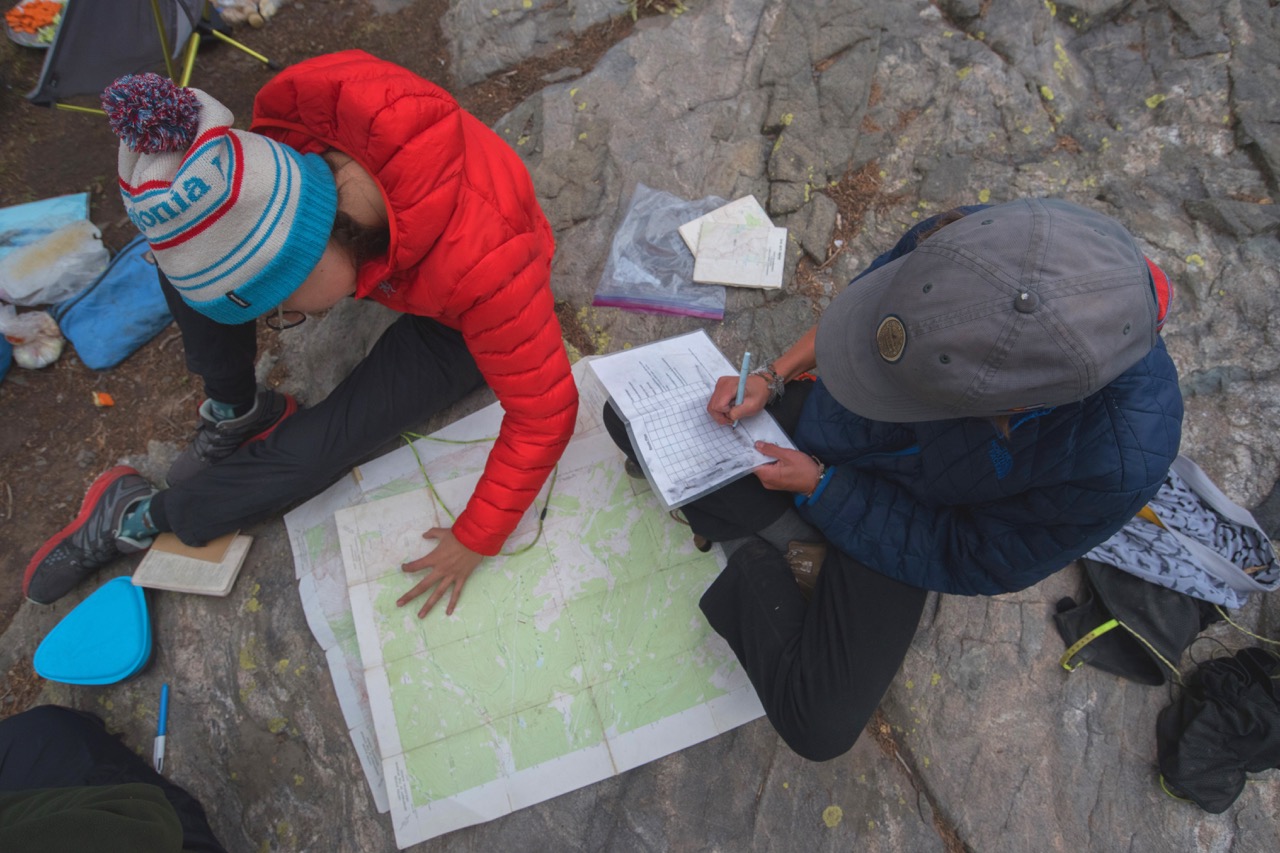EcoFlight takes CRMS students into the clouds to learn about the Crystal River
reprinted from The Aspen Times, May 28, 2022
Nonprofit is fighting to bring a Wild and Scenic federal designation to the free-flowing watershed near Redstone and Marble
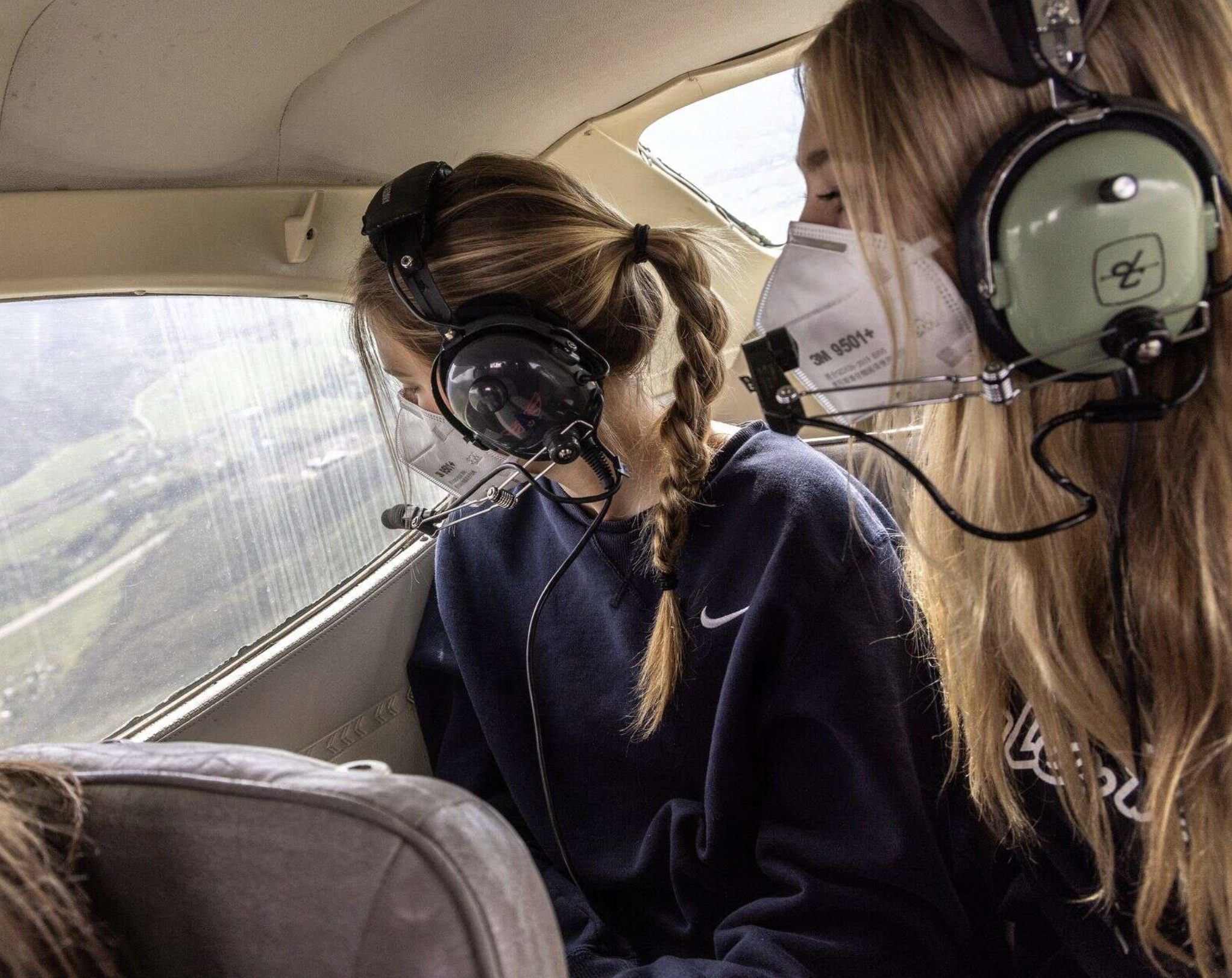 As Colorado Rocky Mountain School students, Makaya Mackie and her classmates get to see the Crystal River each day from the school’s Carbondale campus. But that view comes from ground level and doesn’t necessarily mean the students understand or appreciate what is in their backyard.
As Colorado Rocky Mountain School students, Makaya Mackie and her classmates get to see the Crystal River each day from the school’s Carbondale campus. But that view comes from ground level and doesn’t necessarily mean the students understand or appreciate what is in their backyard.
EcoFlight, a local nonprofit that uses small aircraft to educate and advocate for the protection of wild lands and wildlife habitat across much of the American West, took a step toward changing that when it invited six CRMS students into the sky Saturday to get a different perspective on the Crystal River watershed.
“The whole flight and being up there was eye-opening to me. Seeing the river from a different view was more informal and it was a different perspective than we learn about in class,” said Mackie, a CRMS junior, after a short but bumpy morning flight in the six-passenger Centurion II aircraft that left from the Aspen airport. “Being up in the sky, it was a different way of learning about the rivers than just in the classroom. We actually got to see all the different creeks that flow into the Crystal and how wild it is and how important it is to protect.”
The six students were all part of Maddy Scheer’s AP environmental science class at CRMS, the latest in a crop of youth that EcoFlight has taken into the skies. Jane Pargiter, the executive director of EcoFlight, has more prominent passengers in the works regarding the Crystal River, but believes it is vital to get the students airborne so they can better understand the natural world around them.
“It’s super important to get young adults up. They are coming up to voting age. They are going to have a say in what happens. Hopefully they will take an interest in what is going on in their backyard,” Pargiter said. “It’s not that they have to vote for that, but they should educate themselves before they vote. So this is a great way to educate and inspire activism. We want them to educate themselves so they can have a voice.”
At the heart of their Crystal River expedition on Saturday was discussion about a possible Wild and Scenic designation for a 39-mile stretch of the river, which is a key part of the communities of Redstone and Marble, south of Carbondale via Highway 133. The National Wild and Scenic Rivers System was created in 1968 and provides federal protection to certain rivers and natural habitats, a rare designation that EcoFlight hopes to bring to the Crystal River.
Currently, only the Cache la Poudre River, located just north of Rocky Mountain National Park, has been given the Wild and Scenic designation in Colorado by Congress, which it was granted in 1986. According to http://www.rivers.gov, this 76-mile stretch of protected water accounts for less than 1/10th of 1% of the state’s roughly 107,403 miles of river.
Among other protections, a Wild and Scenic designation prevents dams from being built on the mostly free-flowing waterways.
“Over the years there have been different proposals for dams and other diversions on the Crystal River that we’ve successfully fought off,” said Michael Gorman, a campaign manager for Wilderness Workshop, a Carbondale-based nonprofit that seeks to protect public lands. “But as you know, water is getting to be more and more of an issue and everybody is trying to get the last little bit of water they can, so there are always people eyeing the Crystal River. Right now, it’s cool to see it in runoff when there actually is enough water. But toward the end of the year there is barely any water left. But even that water is water people are looking at taking.”
Gorman, who prior to joining Wilderness Workshop spent a decade working for EcoFlight, led the first of two flights on Saturday with the CRMS students. The flight path took the passengers straight down Highway 82 past Snowmass before cutting west toward Mount Sopris and then south again into the Crystal River valley.
Local waterways are already near their peak runoff, which was good for the students to see firsthand, but might be bad for the environment as a whole as drought and wildfires become more extreme each season.
“I’ve only ridden in commercial planes. I thought it was really cool because EcoFlight came to our class and talked about the rivers and this stuff that is going on in our valley,” said CRMS junior Persia Lovett after Saturday’s flight. “It was really cool to be up in the air and see it, rather than just talking about it in class, and apply the stuff we talked about in class to an actual visual.”
A study done many years ago by the White River National Forest has identified 39 miles of the Crystal River that is eligible for the Wild and Scenic designation, an important early step toward gaining those protections. Unlike other nearby rivers, including the Roaring Fork and Fryingpan, the Crystal River has no dams or major diversions from its headwaters to where it meets the Roaring Fork near Carbondale.
That said, it’s still a major source of water for the valley, notably for agricultural usage.
One thing the Wild and Scenic designation does not impact is existing water rights — a source of concern for the local landowners — nor does it transfer or restrict development on any private lands surrounding the river.
“I feel like I’m really only focused on the Roaring Fork and the Crystal most of the time,” said CRMS junior Lily Jones, “so I didn’t realize how many different rivers or creeks flow in to go into the Roaring Fork, which later goes onto the Colorado River. I think it’s really crazy to learn how important it is to save those.”
One of Pargiter’s main missions is to dispel any misinformation related to the Wild and Scenic designation and to make sure local governments understand the issues. She hopes to soon have Colorado Sens. Michael Bennet and John Hickenlooper on an EcoFlight aircraft — both have worked with the organization prior — as it’ll take Congress to award the designation to the Crystal River.
But Pargiter finds it equally as important to get local officials from Pitkin and Gunnison counties, where the 39-mile stretch of identified river is located, into the air as well.
“The dam proposals will always come back as water becomes the new gold. It’s going to be a problem in the future,” Pargiter said of the need to protect the Crystal River. “The senators need to go up because they’ll introduce the legislature, but we need the Gunnison County commissioners on board. In 2016, there was a Wild and Scenic push and Gunnison was not in favor of Wild and Scenic. We flew them and they changed their mind from one flight. It can be powerful seeing how wild it is and how free flowing it is.”
According to http://www.rivers.gov, as of March 2019 the Wild and Scenic designation was protecting 13,413 miles of 226 rivers in 41 states — including Puerto Rico — which is less than half of 1% of the nation’s rivers. By comparison, says the website, “more than 75,000 large dams across the country have modified at least 600,000 miles, or about 17% … of American rivers.”
Pargiter said there also is work to be done to convince some of the Crystal River valley residents of the importance of getting the designation. Many of the concerns they have is about losing water rights and the potential control of the land by the federal government.
For the CRMS students, who will have the opportunity to lead the fight in protecting the country’s wild lands going forward, Saturday’s flight was an enlightening move toward fanning the flames of that desire to advocate for the natural world, including the Crystal River.
“It makes it actually feel like it’s a problem we should focus on and how beautiful and how special the Crystal River is,” Mackie said of getting to join EcoFlight on Saturday. “Seeing it in real life is completely different than just learning about it and hearing about it. More people should be informed about how special this river is and this whole watershed and how we should be protecting it.”
 MYCRMS
MYCRMS
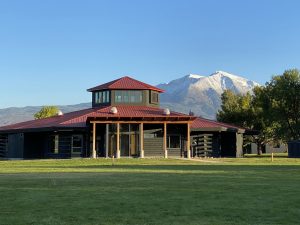
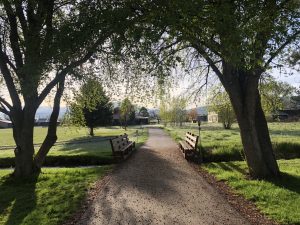
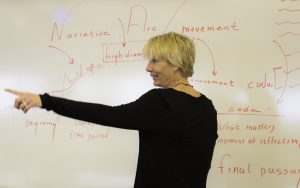
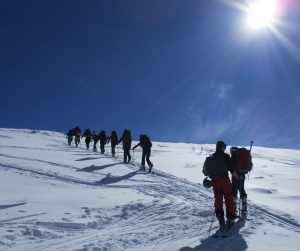

 Virtual Tour
Virtual Tour
